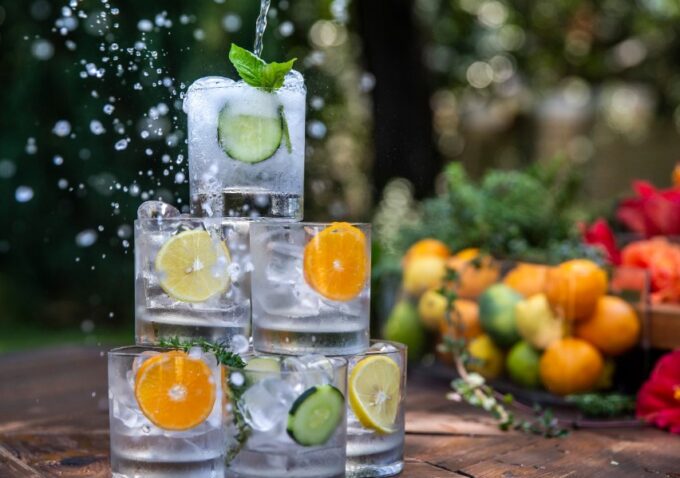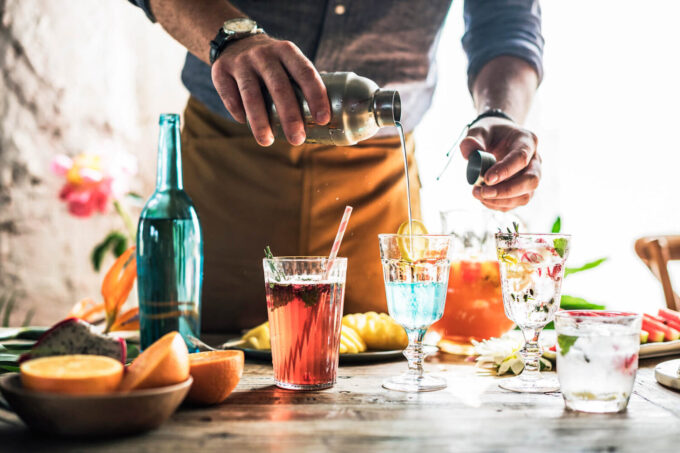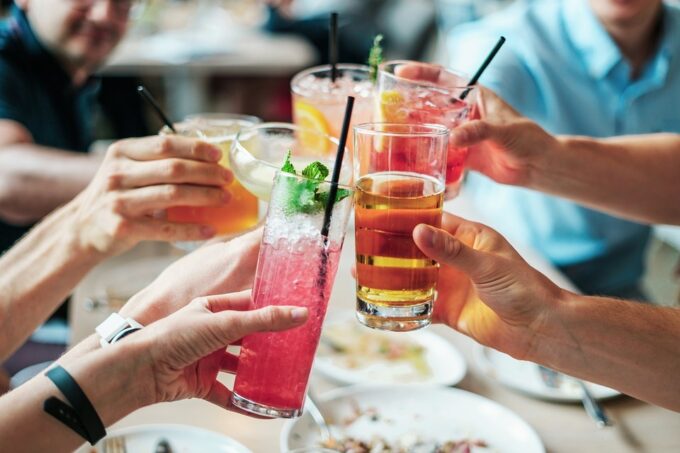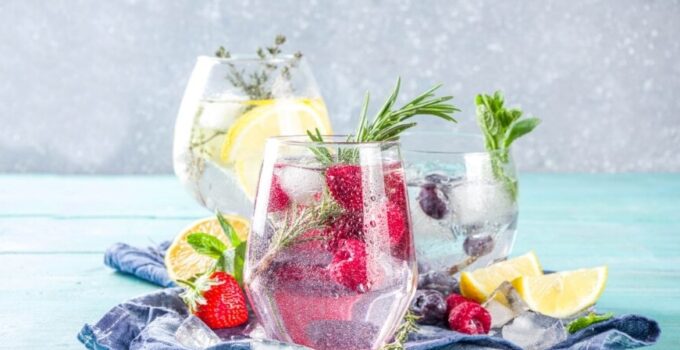The beverage industry is witnessing a significant shift with the introduction of social tonics, a new category of drinks that caters to the health-conscious and socially aware consumer. These tonics are redefining the concept of social drinking, aligning it with wellness and mindful consumption.
In this era of health awareness, social tonics offer a refreshing alternative to traditional alcoholic beverages, bridging the gap between social enjoyment and health-conscious living.
Consumer Preferences and Market Demand
Today’s consumers are more informed and selective about their drinking choices than ever before. They seek beverages that align with their lifestyle choices and personal values, such as sustainability, health, and wellness. This discernment has led to a growing preference for social tonics over traditional alcoholic options. People are increasingly drawn to drinks that offer more than just a good taste – they want beverages that contribute to their overall well-being.
Health-oriented beverages, including kava drinks and kratom beverages, are witnessing substantial growth in the market. This trend reflects a broader societal shift towards health and wellness, with consumers increasingly opting for drinks that offer health benefits such as reduced anxiety and improved mood. The growing awareness of the negative impacts of excessive alcohol consumption is further fueling this trend.

Source: dallasnews.com
The Art of Crafting Social Tonics
The foundation of social tonics lies in their use of natural ingredients. These ingredients not only contribute to the unique taste profiles of the tonics but also offer various health benefits, aligning with the wellness-focused character of these drinks.
Adaptogens, a group of natural substances known for helping the body resist stressors, play a critical role in the formulation of social tonics. Ingredients like ginseng, ashwagandha, and Rhodiola are commonly used for their stress-reducing and energy-boosting properties. They add a functional dimension to the tonics, making them more than just a beverage, but a wellness product. One of the challenges in crafting social tonics is replicating the complexity and mouthfeel of alcoholic drinks. This involves:
- Layering flavors ─ Combining various ingredients to create depth and complexity.
- Balancing sweetness and bitterness ─ Adjusting levels to achieve a profile similar to traditional alcoholic drinks.
- Experimenting with texture ─ Using natural thickeners or carbonation to mimic the mouthfeel of alcohol.
Social tonics are not just about the absence of alcohol; they’re about creating an entirely new sensory experience. This involves innovative flavor combinations that can include:
- Exotic fruits ─ Adding unique, less common fruit flavors for a fresh and unexpected taste.
- Herbal and floral notes ─ Incorporating herbal and floral elements for their subtle and distinctive aromas.
- Spices ─ Using spices to add warmth and complexity to the flavor profile.
These components come together to create a beverage that’s not only enjoyable to drink but also contributes positively to the consumer’s overall well-being. The art of crafting social tonics is thus a blend of science, creativity, and a deep understanding of consumer preferences, aiming to offer a sophisticated and healthful drinking experience.

Source: lovetoknow.com
Health Benefits of Social Tonic Ingredients
Many social tonics include ingredients known for their calming effects, such as kava in a kava drink. Kava has been used traditionally in Pacific Islander cultures for its ability to reduce anxiety and promote relaxation.
Similarly, certain herbs and botanicals in these tonics are selected for their mood-enhancing properties, offering a feel-good experience without the need for alcohol. Some ingredients used in social tonics have been the subject of scientific research for their potential therapeutic effects.
For instance, certain compounds in kratom drinks are being studied for their pain-relieving properties, while others are recognized for their anti-inflammatory and antioxidant benefits.
Promoting Inclusivity in Social Settings
One of the key aspects of social tonics is their appeal to non-drinkers and designated drivers. Previously, options for these individuals were often limited and uninspiring. However, with the arrival of flavorful and sophisticated non-alcoholic drinks, non-drinkers can now enjoy a beverage that is every bit as enjoyable as its alcoholic counterpart. This inclusivity ensures that everyone, regardless of their choice to consume alcohol, can participate fully in social gatherings.

Source: pcrestcc.com
Challenges in Tonic Manufacture and Marketing
Maintaining quality and consistency across batches is crucial for the success of social tonics. Given that these beverages often contain natural ingredients, which can vary in flavor and intensity, producers must have stringent quality control processes. This ensures that each bottle of kava drink or kratom tonic meets the high standards consumers expect from premium beverages.
Marketing social tonics requires innovative strategies that resonate with the target audience. This might include emphasizing the health benefits, showcasing the unique ingredients, or highlighting the cultural origins of drinks like kava beverage and kratom beverage. The marketing approach needs to differentiate these tonics in a crowded market and convey their unique value proposition.
Social tonics need to be effectively positioned in the competitive beverage market to ensure their visibility and appeal. This involves identifying the right distribution channels, pricing strategies, and promotional activities to reach the target consumer. The challenge lies in positioning these beverages as a desirable alternative to alcoholic drinks, appealing not only to health-conscious consumers but also to those looking for new and interesting beverage experiences.
The Future of Social Tonics
The burgeoning interest in social tonics presents numerous opportunities for innovation within the beverage industry. This could involve experimenting with novel ingredients, developing more sustainable packaging solutions, or creating personalized drink options using AI and data analytics to cater to individual tastes and health needs.
Looking forward, the prospects for a healthier social drinking culture, championed by social tonics, are bright. As awareness and appreciation for healthful living continue to grow, so will the demand for beverages that align with these values. Social tonics are well-positioned to lead this change, offering diverse, flavorful, and health-conscious options.
Their continued evolution and adaptation to consumer needs and preferences will likely see them becoming a staple in social settings, contributing to a more inclusive and health-oriented drinking culture. The future of social drinking looks set to be shaped by these innovative and mindful beverages, marking a new era in how we socialize and celebrate.







